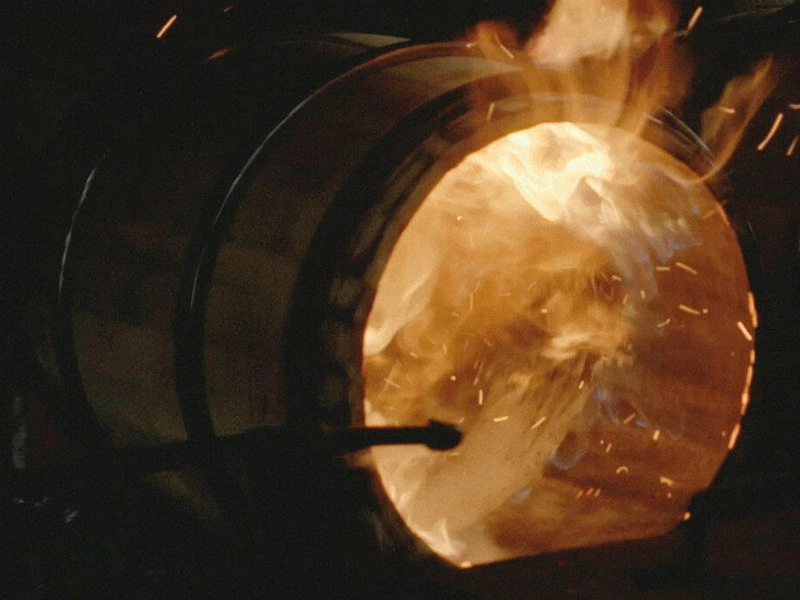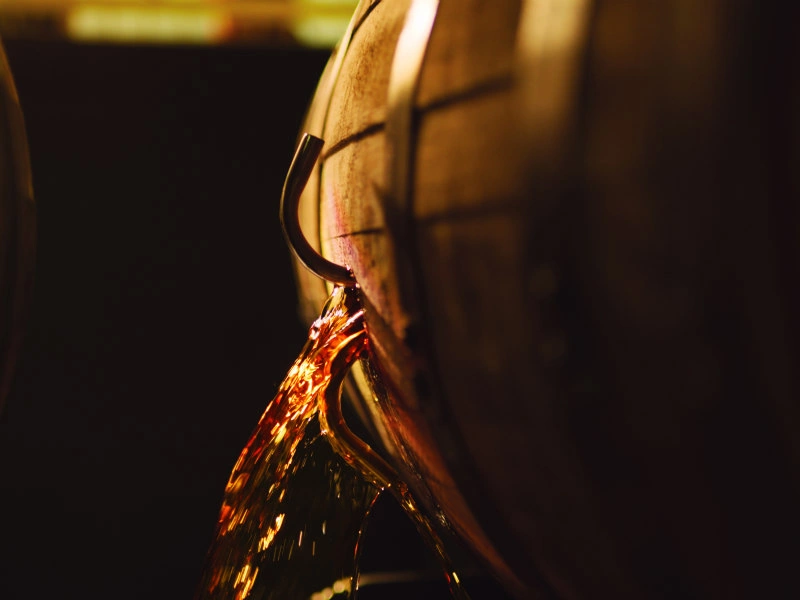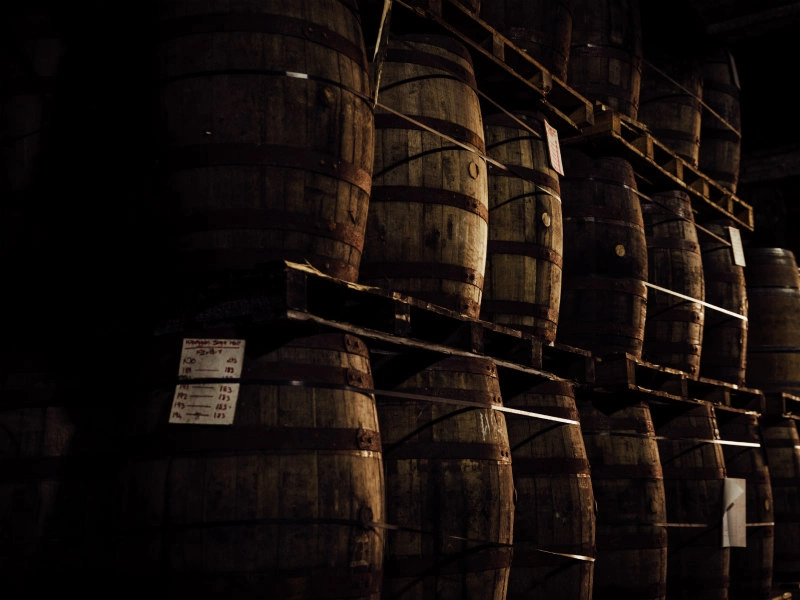The Barrel Age
Raw ingredients go through a spirited journey on their way to bottling, not least of which is a significant period of time ageing in wooden barrels of all shapes and varieties. Barrel ageing accounts for up to 60% of the flavour, aroma and magic that finds its way into our glass.
The wooden barrel was invented by the Gauls, who were a Celtic tribe that lived in a large region that spanned what we know as the Netherlands, Belgium, France & Northern Italy. They used barrels to transport goods and of course, to store wine. Prior to the wooden barrel, they used amphora vessels - which were made of ceramic and broke often. These difficult to transport vessels were replaced with wooden barrels that were significantly easier to maneuver and much less likely to break during the journey during the 14th century.
Once the Gauls had perfected the art, the Romans were quick to follow suit. Barrels became the preferred method of transport for goods such as molasses, seafood, grain and linens. The barrels were watertight, could be made in any size, made from lots of different forms of timber and remained water tight and durable.
It was quite some time before people realised that the liquid contents inside these barrels was changing throughout its journey, depending on the length, weather and conditions of the journey. Most producers didn’t consume the goods on the other side, and it took almost 50 years before the science of wood ageing came into play.

For example, with American Whiskeys, at least 50% of the flavour comes from the barrel itself, and even more in some cases. The wood charring is much more than just heating the timber, and the wood must catch alight for the staves to be considered charred. Barrels will have a rating between 1 and 5 on the depth of the char, and therefore, the expected flavour change.

Coopers, the masters in the art of barrel design and creation, haven’t changed the essential construction of the barrel over the last 500 years. They experiment with type of oak, different coopers, different kilning processes and producers experiment with using previously used barrels and various lengths of time the liquid remains in contact with the wood.

As the spirit ages, it goes through its own changes right in front of our eyes. A spirit that has been aged only for a couple of years will retain its vibrant character, often creating a bright and interesting spirit. On the other hand, a spirit aged for 10+ years will feel the effects of the oak or wood it has been ageing in and the focus of the spirit will change, often to become more well rounded, with notes of vanilla, sweetness and oaky nuttiness.

The origin of the wood itself will also have a major affect on the spirit. French oak is often a favourite with aging wine, whilst American oak is largely used for aging whiskey (official Bourbon rules regulate that you must use “oak” to age your spirit but they do not regulate American White Oak). European Oak is often used in Scottish whisky ageing, as well as ex-sherry casks from wine regions across Spain. Each cask is evaluated for the length of time immersed in previous spirits, as well as char level, size and condition of the staves within the barrel.
Smaller casks, often quarter-casks, will have a greater surface area of spirit in touch with the wood it is ageing in. This means the spirit will carry more characteristics of the wood, than a bigger hogs-head style cask.

